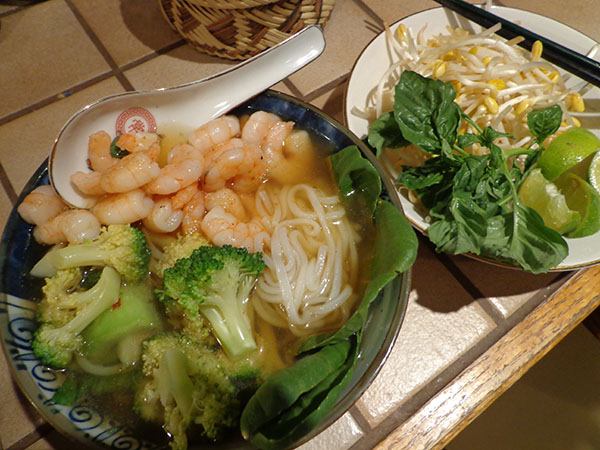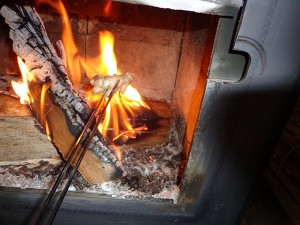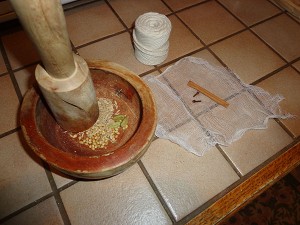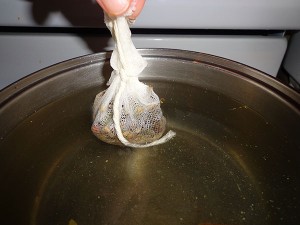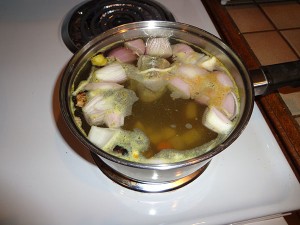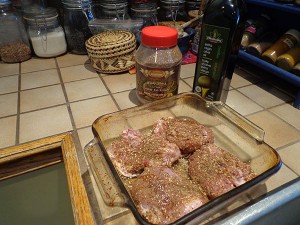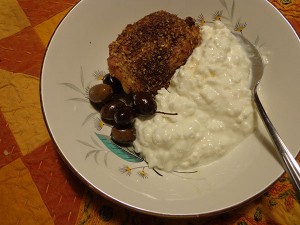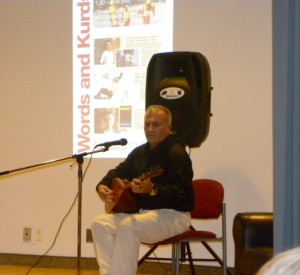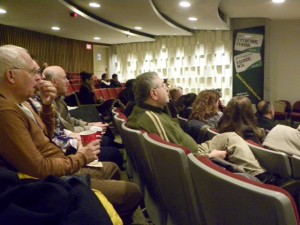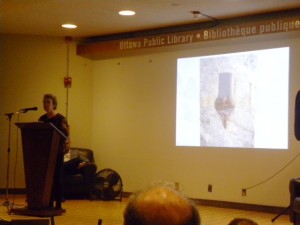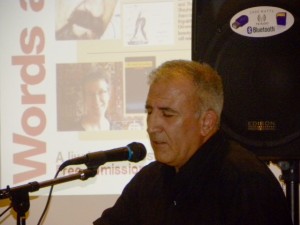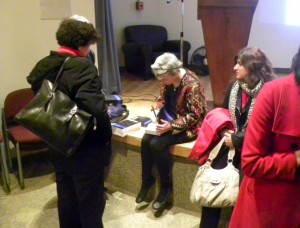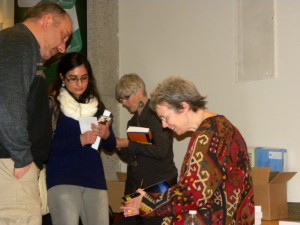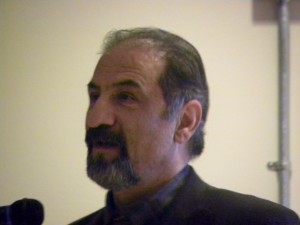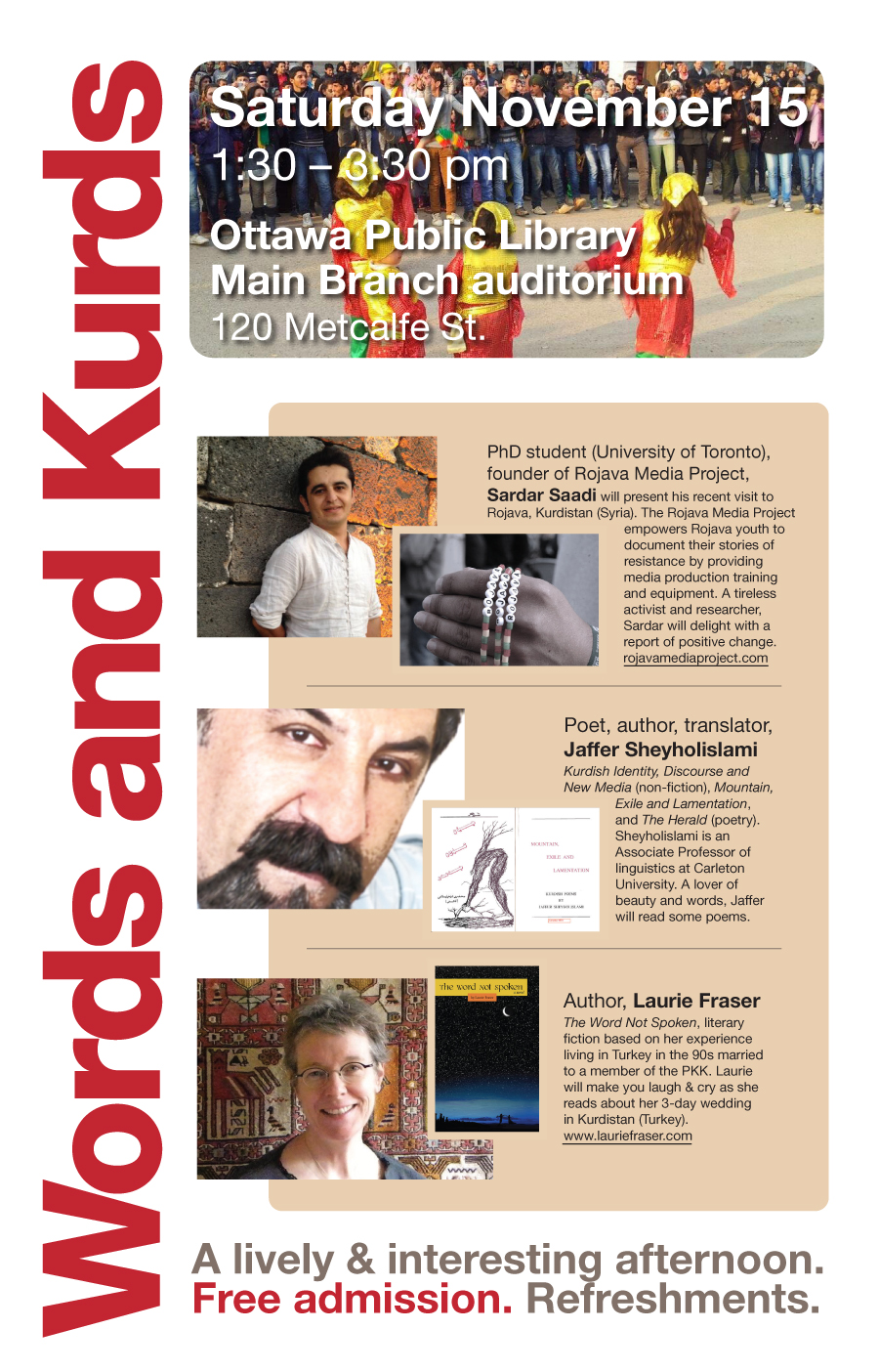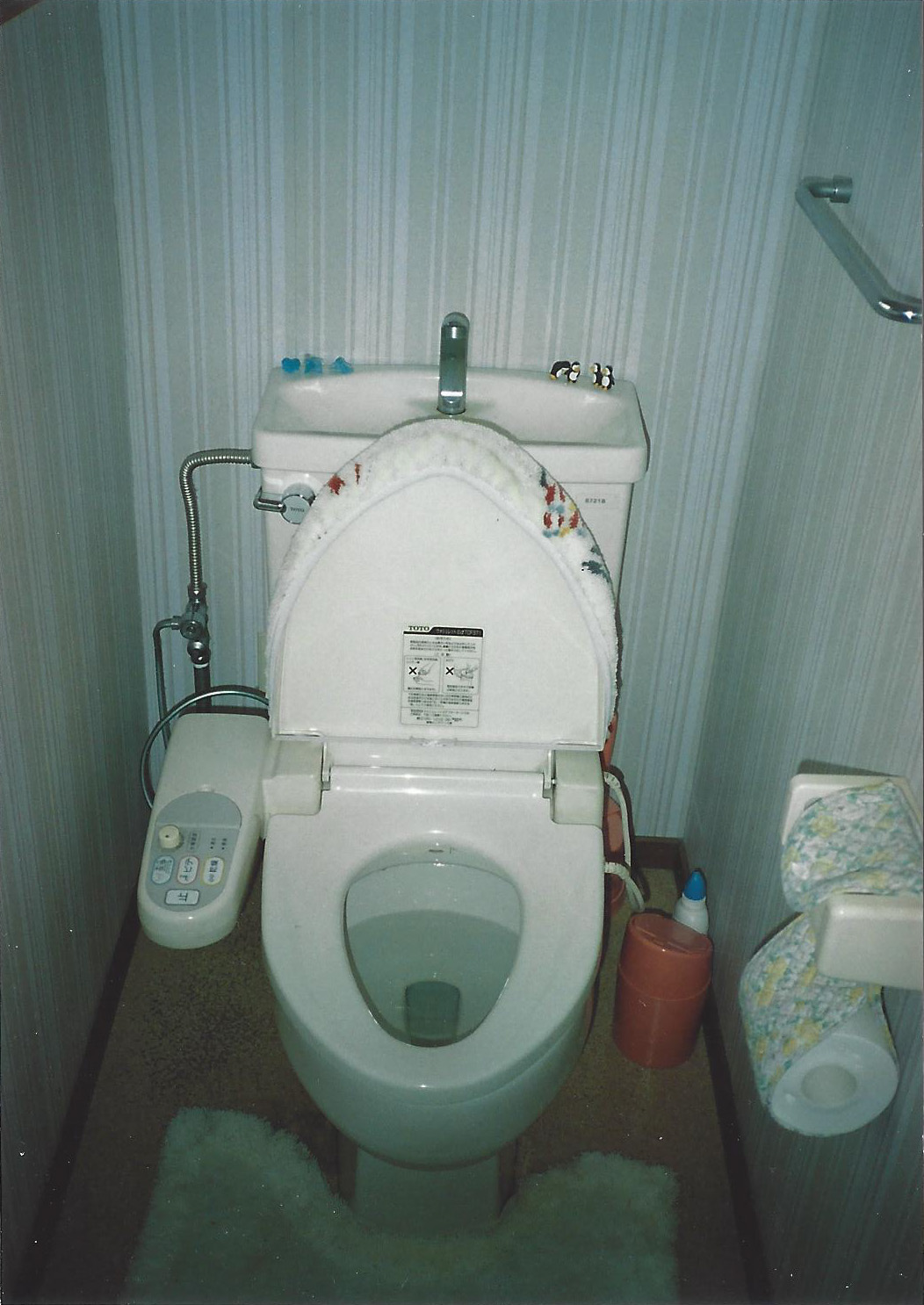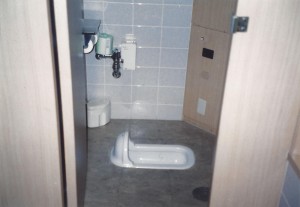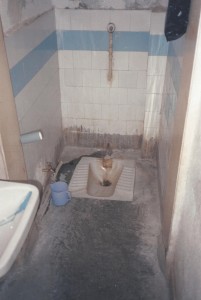Lyme Disease Treatment by Laurie Fraser
edited, shorter version first published by Tone Magazine Summer 2012
Ahh… my old friend lyme has come to visit me again. After 6 years of health, it has re-emerged, as lyme is wont to do. Well, it’s not the mystery that it was 8 1/2 years ago. It took days to diagnose this time, as opposed to 15 months last time, and I expect to heal rapidly.
That’s the first hurdle with lyme: diagnosis. The ELISA test is unreliable; get a Western Blot test. Lyme presents differently in all of us but often includes deep fatigue, night sweats, chills, joint pain, muscle ache, swollen glands, Bell’s Palsy, balance issues, brain fog… and more. I have a co-infection as well—Babesia—so add headache, shortness of breath and nausea. I eliminated Rocky Mountain Spotted Fever the first time I had lyme- watch for weird rashes & unrelenting headache. Other common co-infections are Bartonella (sore feet) and Ehrlichia.
So what to do? My doctor says Ottawa is a hotbed for lyme (caused by a tick bite) and I have several clients recovering from it. I approach it from all angles.
1. Drugs: This is the time to use antibiotics. Generally Doxycycline does the trick but if the lyme is chronic, diagnosed late, or complicated by a co-infection antibiotics might be varied and high-dose. Babesia requires an anti-malarial.
2. Homeopathic remedies: Lyme disease nosode, A-Bab, ledum, pyrogenium, staphosagria, lyme disease nosode, myristica. For pain: arnica, ruta and causticum. Pyrogenium 200 CH is bang on- typical dose is 2 pellets twice per day for 5 days. You’ll know it’s working if you feel worse than death. Stick out the 5 days and the bacteria may be completely eliminated by your body. If it’s not completely gone, do it again 2 weeks later with 1M. If you need help picking the right remedy, see a homeopathic doctor.
3. Supplements and vitamins: A, B6, B12, C, D, probiotics, Spirulina, fish oil, Turmeric, Cinnamon, Green tea extract, SAMe, Cat`s Claw (Samento), Serrapeptase, Japanese knotweed, Ginseng tea, bitters, grapefruit seed extract, oregano oil to name a few. Some of these are quite potent and may not be for you—check with a naturopath. Check tissue salts- commonly Kali Phos is required.
4. Food: No to all sugar (feeds bacteria), poor quality fats/oils, yeast, gluten (causes inflammation)
Yes to fresh greens, especially dandelion leaves and parsley, proteins
5. Light work. Visit www.tomkenyon.com (click on Hathors) to learn a simple healing method called `Medicines of Light` that you can do yourself. I did it 3 times for lyme and 9 for babesia.
6. B.O.S. (Biocomputer Operating System) Hundreds of procedures including those for pain and infections. I do this work part time and I`m able to work on myself. I use muscle-testing to communicate with the client`s energy and find my way through menus and sub-menus until I come to a correction that the energy wants. It prioritizes, not I.
In my case, my energy led to:
-anxiety procedure
-boundary work (who lets that bacteria stay in your body?)
-chakra balances
-pathogen procedures
-pain (turn to page 25) procedures
7. Energy healing- I build a pillar of light around the treatment table, open the navel, (energetically), and pull out zillions of energetic bacteria who float up the pillar of light. I send them with love and gratitude. This is not a war, just re-organizing.
8. Comprehensive healing (Tone Magazine, June 2012 turn to page 14): In a meditation I grew to a great size and saw a holographic image of myself as a white rabbit. I caught her and held her in my cupped palms, while in a place of Divine love and unity. Light saturated her: green, blues and she became a white rose. I waited and the rose was replaced by an image of fire. The fire eventually became a transparent light, like heat off a road, and I placed this light in my heart.
9. Façade healing (Tone Magazine, Dec. 2010). Divine Teachers and healers come in response to the facade prayer (see Susan Chumsky) and work directly on the client. For me- Jesus came to remove the façade of “invaded“.
10. Powerful reiki by Susan Walker.
11. Vonner protocol and Cowden’s protocol- good stuff, but expensive. Byron White’s A-L Complex. Again, hard to get and expensive, but effective. Order these things online.
12. AN-DI machine if you can find one.
13. LDA. This approaches lyme disease as something that the immune system has over-reacted to, causing autoimmune symptoms. It treats lyme as an allergy instead of as an infection. If you can’t get LDA treatment, you can use supplements, vitamins and food to sooth and calm your immune system: Cat’s claw, the B vitamins, alkaline diet, various detoxes (it’s the toxins that hurt), fish oil, meditation etc. Avoid stress. Research ways of reducing inflammation.
14. Chinese herbs: Lycopus/ bugleweed (Ze Lan) and Dryopteridis (Guan Zhong). Be sure to get directions from a Chinese pharmacist or doctor (poisonous in the wrong dose).
15. Nano sprays from Results RNA.Get the Ultimate Immune Support.
*** No massage or yoga during systemic infections- it just spreads the bacteria around. Avoid astragalus and other means of alerting or “boosting” the immune system.
I give thanks to my teachers.
As of 2020, I am no longer working with visiting entities. I think that a human such as myself is limited when it comes to detecting corruption in some of these beings. Unless it’s your Grandpa, of course. I’m fine with passing on messages with those visitors. I mean beings who want to help with healings. I didn’t have any bad experiences, I just think there’s a risk and a responsibility.
Appointments- write to thewordnotspoken@gmail.com. More info here.




